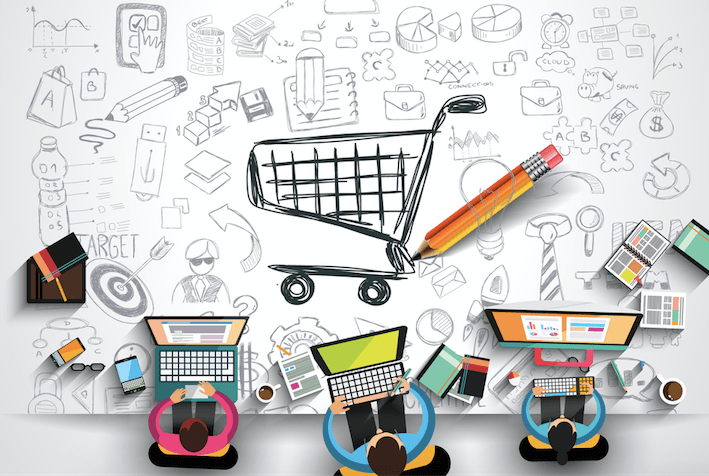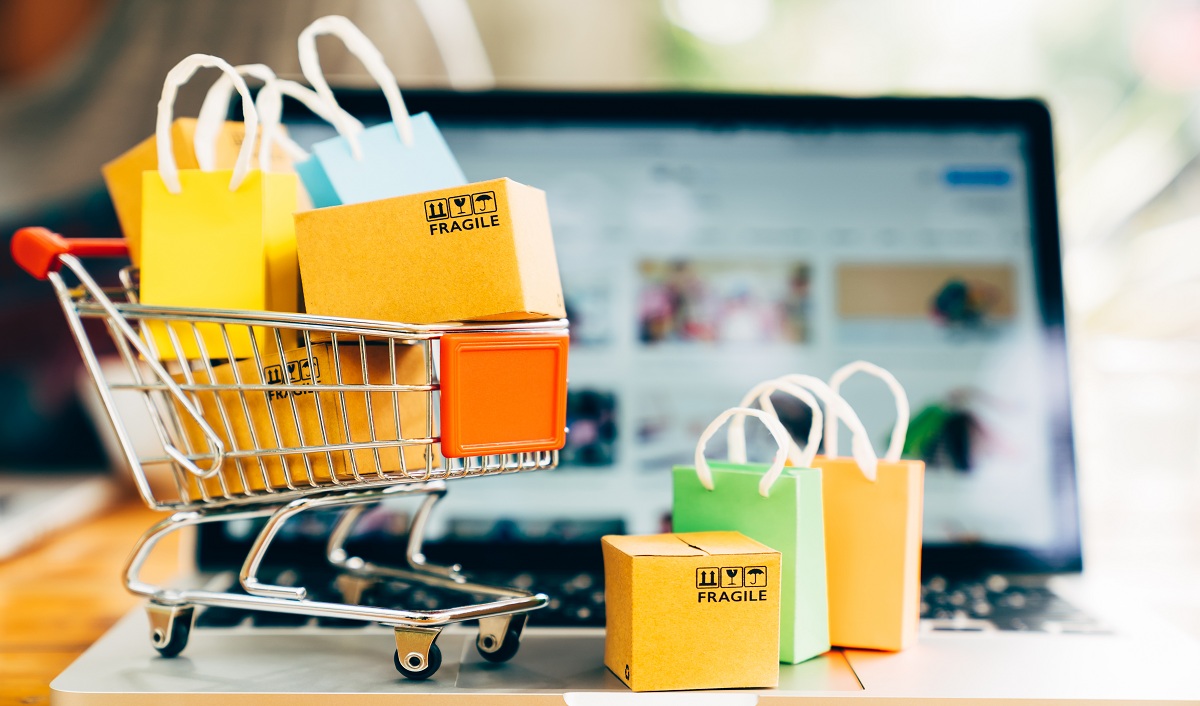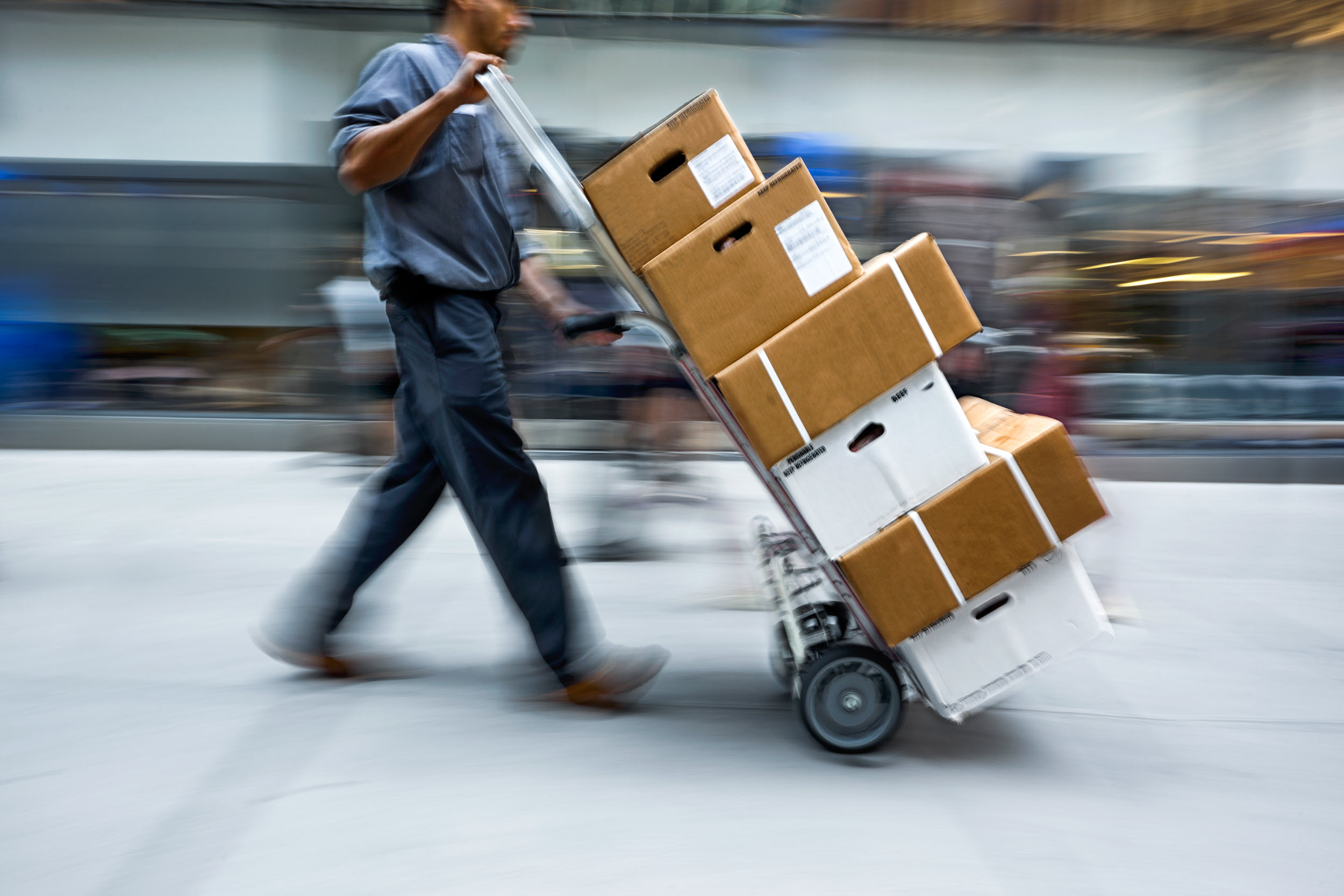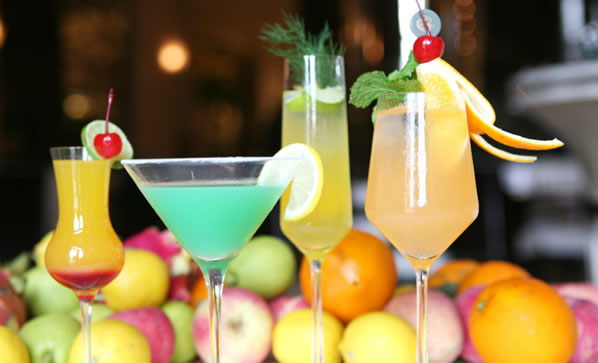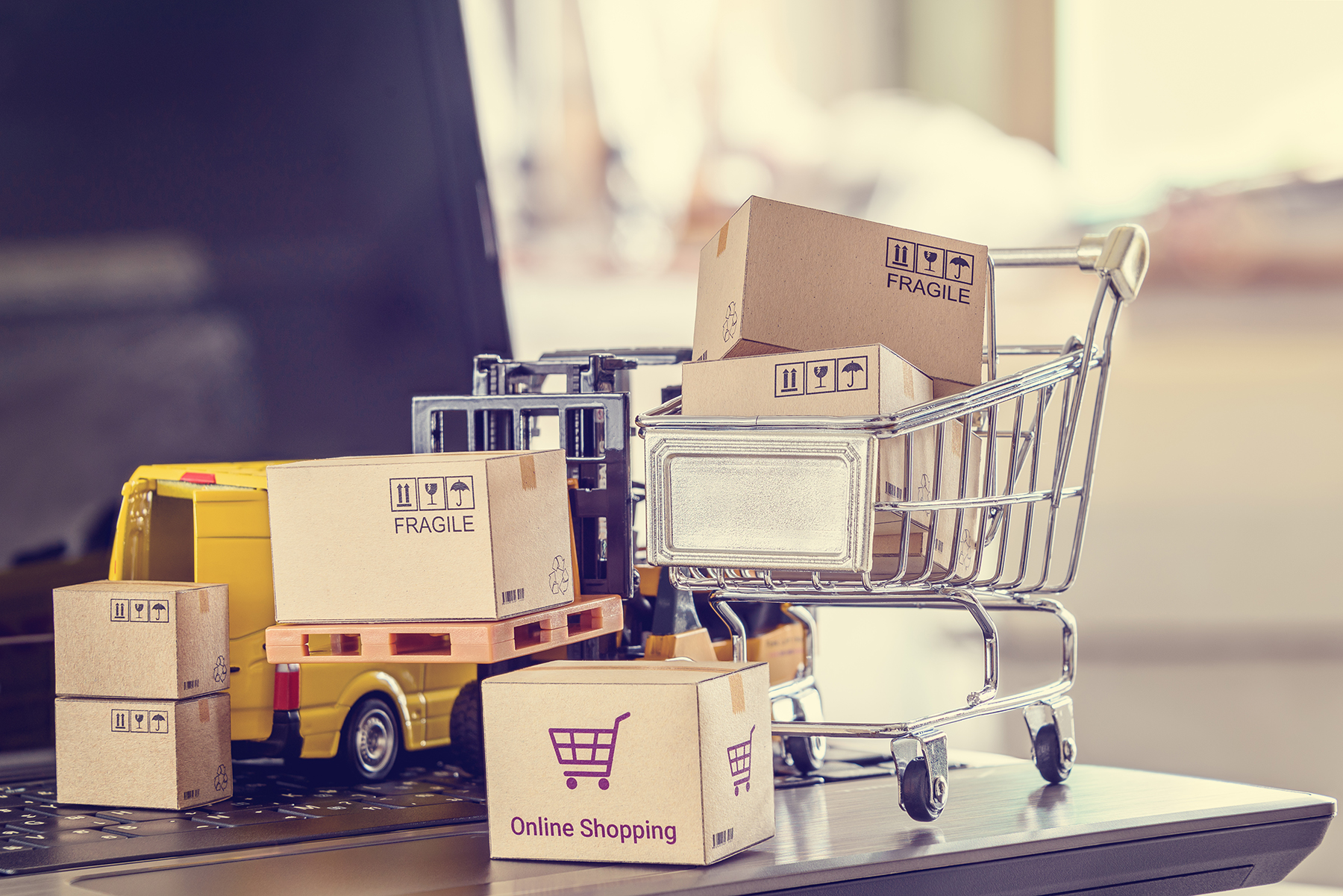Food Automation and Robotics: For improved food manufacturing and packaging
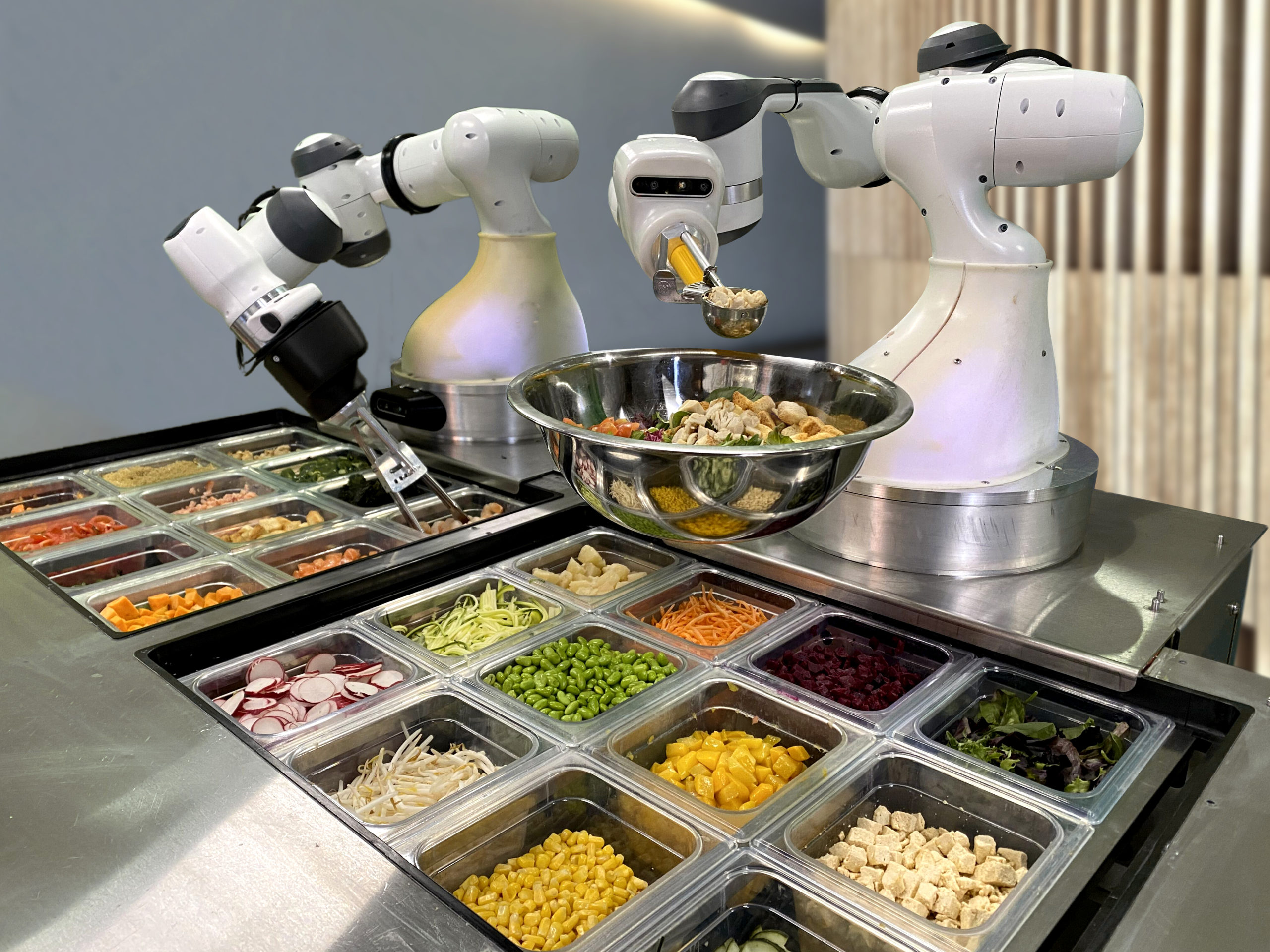
Food Automation and Robotics
The systematic implementation and incorporation of automation and robotic systems will significantly enhance food manufacturing efficiency during unsustainable economic pressures. Food manufacturing has evolved as a vastly complex process, where it covers preparing, cooking, sorting, packaging, and palletizing. To increase production at the facilities, industrial robots are widely adopted to save time, space, cleanliness, and safety.
In the food manufacturing units, the robots are usually used in the process of dispensing, feed placement, cutting, packaging, or casing of food, pick-and-placing products into sorting and containers. The advanced developments in food robots result in the remote order of food for picking and sorting to save employees' energy by automatically filling that specific order.
Considering the food items' packaging, where consistency, speed, or repetitive productions are concerned, the food robots win over humans in operational and productional efficiency. Automation and robots are installed with great care, such as robots primarily equipped with intelligent vision systems, allowing them to take care of precise product placement on a sorting belt with the highest accuracy. These vision system robots can also be utilized to sort in terms of color, shape, or size.
Need of Robots to Improve Individual Manufacturing Process
The robots are incorporated in the food sector to initiate the manufacturing proactively and have a clear understanding of various units such as payload, speed, accuracy, and work envelope. To execute the process, the robots carry hold on various operations to meet cleanroom specification, such as robots include –
- Dispensing Robots
- Pick & Place Robots
- Palletizing Robots
- Sorting Robots
- Order Selection Robots
- Clean Room Robots
There has also been further developed in the vacuum and grippers tools used in food robots. The airflow vacuum tool is ideal for handling goods with damageable surfaces because it can pick up products without touching them. The suction cup is perfect for controlling many kinds of products, especially those with an uneven surface, such as biscuits and frozen pizzas. Using pressure difference, the vacuum gripper holds the product by using, which allows for fast pick up. Finger grippers are best used for products that cannot be handled by suction, such as cakes with loose particles on top. All gripper and suction tools should be easy to clean, change over, and made from materials suitable for the application.
Annual Supply of Industrial Food Robots Worldwide (Source: IFR Statistical Department)
2016 – 8,000
2017 – 9,000
2018 – 12,000
Considering the food industry's robot applications, most of them are used for packaging and end-of-line product casing and palletization. Therefore, this creates untapped potential in primary and secondary processing stages of food manufacturing, where primary processing includes operations on raw food (i.e., cleaning, inspecting, sorting, measuring, preparing, and transporting), and secondary processing consists of the processes needed to combine ingredients and produce food products, (i.e., cooking, blending, chilling, and assembling).
Source: ARK Investment Management LLC
Covid-19 Impact on the Food Automation and Robotics
The current automation trend has witnessed the new technology developments capable of providing end-to-end automation production of diversified processed foods. Reducing worker presence across the manufacturing process could help minimize potential rapid contamination and help companies reduce costs in terms of safety and other measures for personnel.
The food industry has emerged as an essential aspect in the current COVID-19 pandemic environment, which is primarily driven by various factors, including safety and hygiene, which have resulted in growing discussions concerning the element of automation across food manufacturing.
Robotics will Change the Food Industry 2021
During the pandemic outbreak, the robots introduce new ways to process and packaged food considering the highest food safety and sanitation level. Simultaneously, it also provides an opportunity for job delegations that are ergonomically difficult and harmful to human workers.
Food Manufacture
Autonomous food production is the primary factor expected to address the current need for rising food consumption. In the next five years, the global food automation industry value is expected to be double by 2022 from 2019. The Asia-Pacific regional market will witness the most significant contributing driving factor in the world due to the growing popularity of ready-to-eat foods.
Food manufacturing has been segmented into two phases:
- Primary Processing — Initial, the procurement of raw food products are cleaned, sorted, blended, and transported. Robotic applications include slaughtering and sorting.
- Secondary Processing — Later, the ingredients are mixed to form new food products by cooking, baking, chilling, and others. Robotic applications include product sorting, mixing, and defect removal.
Robotic applications are most suitable for secondary processing, as the food is more standardized by then. However, it is expected to witness a tremendous demand for robotics in primary processing.
Food Packaging
Currently, food packaging robots have been incorporated into the entire food supply chain. However, the latest development makes it possible to automate the packaging process as a whole.
Food packaging has been segmented into three phases:
- Primary Packaging — Individual foods are packaged. For instance, a pick-and-place robot puts sweets into plastic tubs.
- Secondary Packaging — Individual packages are gathered together to finalize the shipping of the final products. For instance, another pick-and-place robot stacks those plastic tubs into a larger box.
- Tertiary Packaging — Secondary packages are gathered together for shipping. For instance, a palletizing robot puts many boxes onto a pallet.
It seems possible that robotic packaging will highlight as one of the leading applications in the food industry.
Food Safety
Although the interest in automation and robot technology is partly driven by labor costs and the availability of skilled laborers, more companies focus on food safety and hygiene. The rising awareness for the clean and non-contaminating manufacturing areas and the increasing demand for food products in the global market will significantly enhance the demand and consumption of automation and robots across the food supply chain. According to the CDC, an estimated 48 million Americans (1 in 6) are sick, where around 128,000 are hospitalized and 3,000 die each year due to foodborne disease.
Robots tested successfully reduce the contamination risk that can increase the foodborne disease cases, limiting the human and food processing contact. The Food Safety Modernization Act (FSMA) has further restricted and imposed strict regulations on processors and packagers regarding their sanitary requirements. This increases the focus of the food companies to follow these two major megatrends, FSMA, and processing. Companies are simultaneously trying to resolve both, in which automation and robotics can lend a hand to them.
Food Delivery
Recently, robotic food delivery is in the limelight across the globe. In 2020, Dominos Pizza declared that it would incorporate autonomous ground vehicles for food delivery after their initial successful drone delivery in late 2019.
Although autonomous food supply may sound similar to "the latest fad," this meets a growing market trend. Over the last few years, home-grown ready-to-eat food and demand for restaurant-quality, has grown enormously. It is doubtful whether or not autonomous delivery will become widespread, but the food industry's taste changes.
Therefore, the food industry trends and outbreat of COVID-19 has definatly changed the supply chain and create awarenss for food safety and hygiene, which is further estimated to make the opportunistic scope for automation and robotics in the global market in the coming two years.


